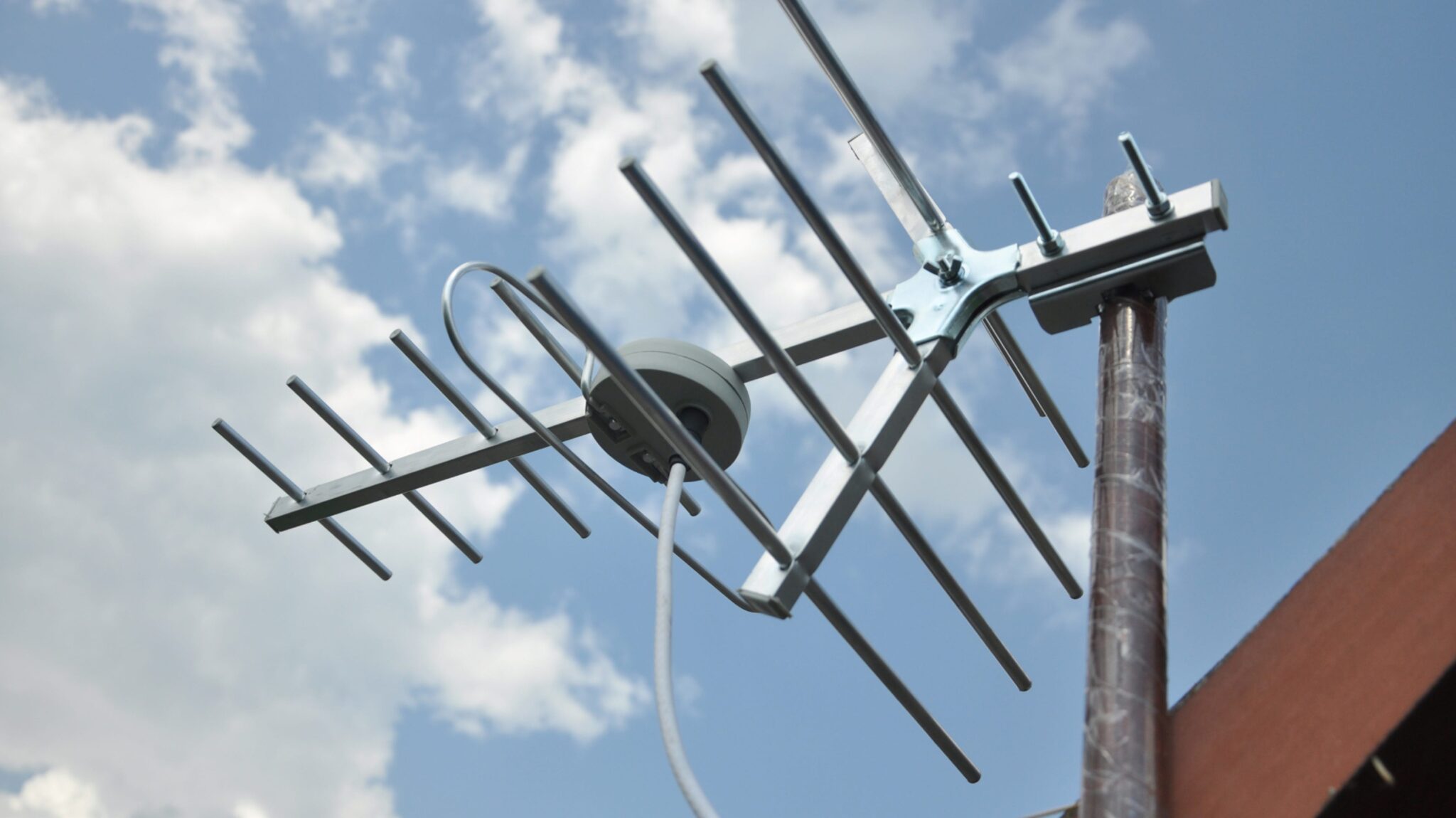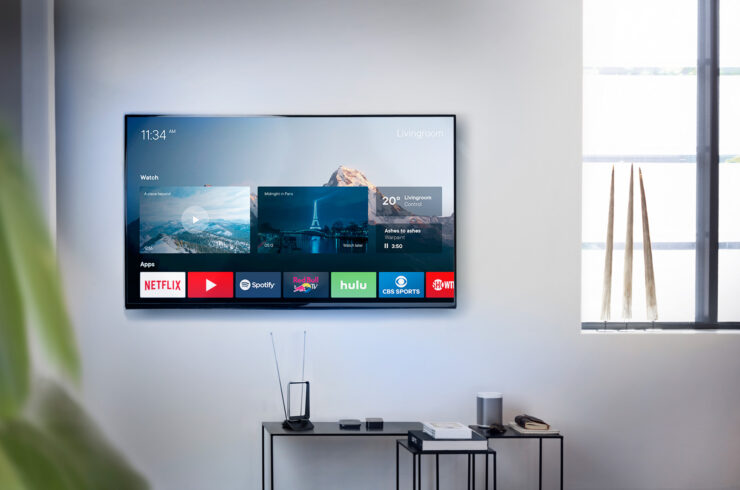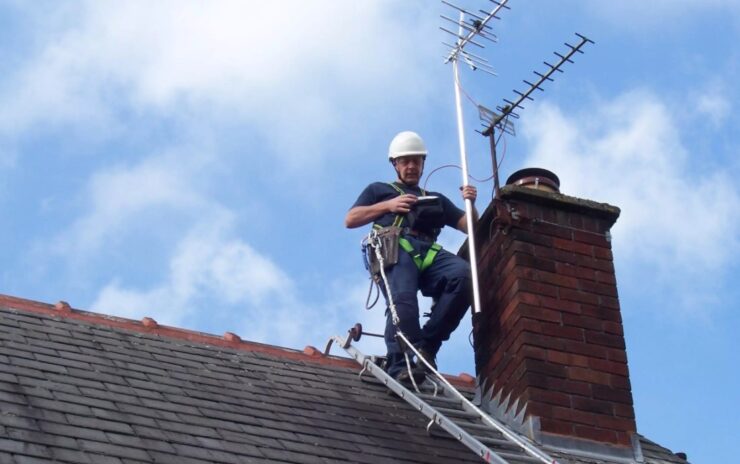Having a TV antenna is extremely beneficial, and this is a great option for people who live in rural areas, and those who live in large cities. It is a budget-friendly solution that will allow you to access a lot of channels without any issues or interruptions. However, to be able to avoid any possible issues that come with this service, you need to be smart when it comes to where to put the aerial, and how to properly install it. In this article, we are going to give you some tips on where you should place your TV antenna, and how to ensure that it is installed properly. Keep on reading to learn how to avoid the most common mistakes that could lead to a broken signal, pixeling, or issues that could prevent you from accessing all the channels.
Where do you need to put your device?

The first thing we are going to talk about is the proper placement, and how choosing the wrong location is going to affect your experience.
You should first think about the model of the unit you are getting, and decide if you want to invest in a model that is kept inside your home, or if you want to get a rooftop antenna. There are pros and cons to both options, and ultimately, you should decide depending on your location and your living conditions. If there are buildings or high trees near you, and if there are other obstacles that could interrupt the signal, you may want to go with an outdoor model. On the other hand, if you want something that is easier to place, and if there is enough space between your home and the potential obstacles, you may want to opt for an indoor device.
Now let’s talk about the proper placements. If you choose to go with an outdoor device, then you need to mount it on your roof. Note that if you have a garage or another smaller unit, you can choose to put the aerial there. However, the roof of your home or garage should not be made of metal, and if it is, you should opt for another solution, since metal surfaces can cause a disturbance with the signal, and you may experience issues when you try to watch television.
Make sure you mount the unit safely and know that you will need to have the proper equipment for this. You can talk to your provider or the seller about what you should use to mount it and remember that the unit will need to stay in the same place without moving or falling throughout the whole year, no matter how bad the weather gets.
When pointing the device, you should ensure that it points to the broadcasting tower, and depending on the type of unit, you should also pay attention to the angle width. Never point the unit to the ground, and make sure it is not pointed towards surfaces that are not reflective and that could disrupt the signal.
You can see that if you are having any issues with the placement or the installation process, a professional service can help you out, and they can do all the hard work instead of you.
Visit https://tv-aerials-uk.co.uk/leeds/ for more details.
When it comes to indoor models, they are much easier to place, and they are pretty easy to move around even if you decide to change their position and test new things out. Unlike the outdoor models, they can be moved, and you don’t have to call the professionals every time you want to put the unit in another room.
Just like all aerial models, the higher the device is, the better experience you are going to have. You need to place the unit close to a window or a skylight so that the signal can get to the device without any obstacles in between.
You should also ensure that there are no electronic devices near your areal, because the other devices may cause issues and interruptions. If you are experiencing this, and if you don’t know which device is causing the problems, you should turn them all off, see if the problem is fixed, and then turn them on one by one to see when the disruption occurs.
Note that most inside models come with amplifiers, and depending on the range of your aerial, as well as the distance to the broadcast tower, you may or may not need to use the signal booster to get better results.
How to install it?

The installation process is the easiest part of the task, and first, you need to ensure that your TV is going to accept the device. There should be a special port for this, and you need to locate it before you purchase your aerial.
Then you just need to connect the television with the antenna, and you have to use proper cables, depending on the model of aerial that you have. Even though they have the same port that comes in the television, the cable for an indoor and outside device is going to be slightly different. You need to use cables that are not damaged or old, and you need to check them before you connect them.
After you connect both units, you just need to tune the device and let it check for all the channels. If the aerial is properly placed and if it receives the signals without any obstacles, the searching and tuning process should go fast and you should be able to access all the channels without interruption.
If you notice that you are experiencing any problems with the mounting, placement, or installation of the device, the best thing you can do is contact a professional service and ask for their assistance. Know that you must have the proper safety and mounting equipment, and you should try and get things done correctly on the first try, especially when it comes to roof models. Take your time, make sure you watch tutorials and read the guidelines for your specific model and brand of TV aerial, and try not to rush. Even if you experience pixeling from the start, know that there are a lot of things that will help you with the troubleshooting, and there are a lot of ways that you can use to boost the signal.

